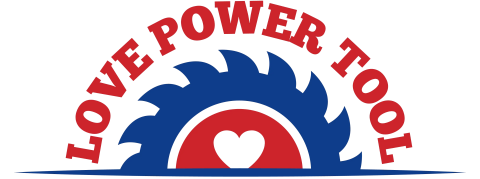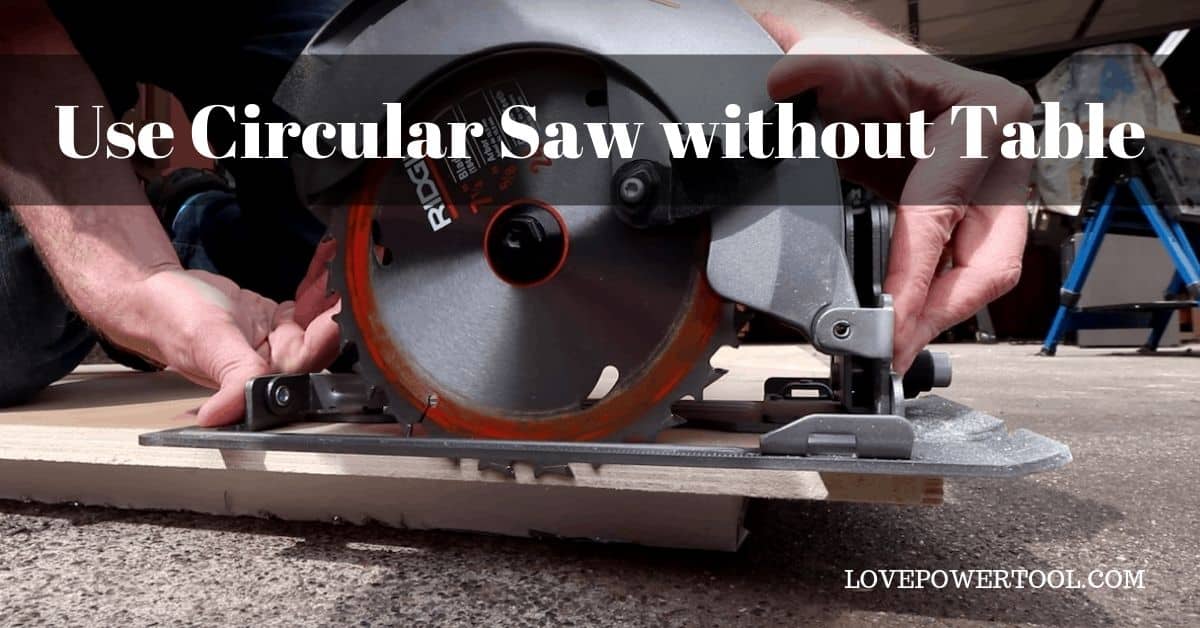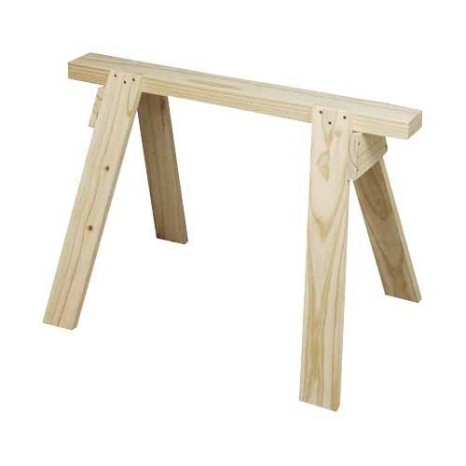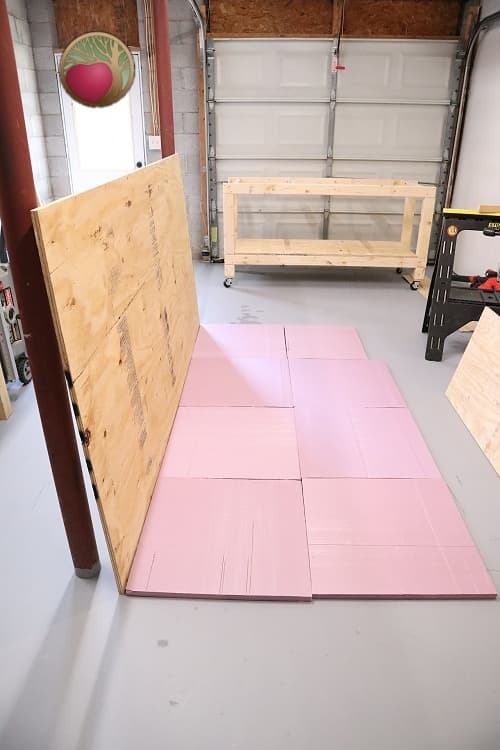Do you find yourself in a situation where you need to use a circular saw without a table?
Whether within or outside your home, work, or workshop, there are circumstances when you might need to use your circular saw without a table available.
Well, you do not need to worry about that.
In this article, I will not only help you understand those things you need to pay attention to, but I also explain to you clearly.
What You Need for this Task
Safety Measures
As with all work and DIY jobs, it is essential that you undertake some safety measures, for yourself, those around you, the equipment, and your environment.
Here are some tips of steps you ought to ensure:
- Ensure that the circular saw is in good, working order. You should check for shaky or loose parts and peeled or bare electric wires.
- Disconnect the saw from power, and de-energize it entirely before calibrating or changing its blade.
- Ensure that the saw blade is sharp. Be careful not to use your fingers to test the blade’s sharpness – you might cut yourself. Instead, do some test or sample cuts on some scrap wood pieces.
- Activate or implement all safety guards before commencing work, such as wearing adequate protective equipment (ear muffs, hand gloves, safety glasses, footwear, nose masks, and face shields).
- Keep electric cords out of your work path at all times.
- Keep children away from your work area and ensure that adults around you also take protective measures. Splinters of wood or loose equipment can fly off and cause injury to people nearby.
Items You Might Need
- Edge guide
- Wood pencil or marker
- Foam board
- Clamps
- 1 or 2 sawhorses
- Saw track
If you do not have a table, other options available to you for cutting wood is:
- Using sawhorses
- Using foam boards, or
- Using a saw track
How to Use a Circular Saw without a Table – Step-by-Step Instructions
If you are using sawhorses:
- You might need one or more sawhorses depending on what you wish to cut, its size, and length. If you are cutting off wood into chunks, you might only need one. If you are cutting broader and longer wood pieces, you might need two or more
- Place the wood to be cut on the sawhorses, ensuring that the area you have marked to be cut lies between the sawhorses.
If you are using a foam board:
- If you are cutting wider wood material such as plywood, you might require foam boards. Generally, foam boards are placed on the floor or a flat surface, and they come in different sizes and thickness. You may require a number of them to fit your project. For example, you might need about eight 2 ft by 2 ft pieces to cover an 8 by 4 feet plywood.
- Ensure that the thickness of the foam board is more than the cutting depth of the blade to ensure that the saw does not cut into your floor or the under material.
If you are using a saw track:
- You can use a saw track (or plunge saw) in conjunction with using sawhorses or foam boards. Saw tracks are useful in creating specific and long cuts on a variety of wood materials. Some of their benefits include portability and accuracy in cutting projects.
- Saw tracks come in different shapes and sizes. Some are permanently fixed to a cutting board or table, and others are portable. If you are using a compact saw track, then you will have to clamp it to the wood to be cut.
- Regardless of the method above, measure, and mark on your wood material, the areas and lines you will be cutting. Remember the old handyman saying: “measure twice, cut once.”
- Fit your circular saw with an edge guide
- Set the depth of the blade accurately enough for it to go through the wood and not cut under the surface.
- Place the guide on base of the circular saw lines and markings you made earlier on the wood.
- Ensure that the saw is free to move, and the power cord is not entangled.
- Pull the trigger switch on the saw and hold it in place while you cut along the markings you have made.
- Allow the cut to drop naturally. Do not push or force it to fall.
- Realign your wood piece and repeat the cutting for other markings you have made on the wood
Conclusion
As you can see, having a table or not should not prevent you from using your circular saw for your wood projects.
You have several other options.
Remember to secure your saw after use properly.
As given in this guide, different projects will determine how you will use your circular saw without a table.
I hope you have found some useful tips in this article to carry out your wood projects.
I would love and appreciate your suggestions on how you feel this article can be improved upon.
If you have gained a few tips from this article and it has helped you in any way, be generous to share it with others.
Related Content:



